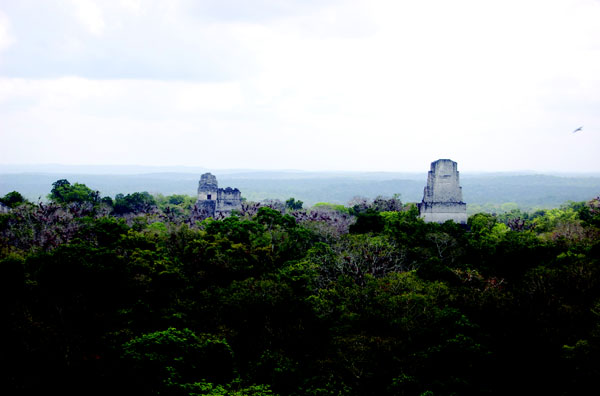
When we Americans visit foreign countries, it is our hope and desire to experience and be exposed to different and diverse situations. We seek out contrasting cultures, hunt for historic sites, and expose ourselves to an environment different from our own. It is these varied introductions to new surroundings and cultures that make an out-of-country encounter worth having.
Upon occasion I find myself stumbling into some unexpected and unplanned experience which has a positive and lasting influence on me. With discussions of ecology, global warming, and prudent use of our natural resources all around us these days, I shouldn’t have been so surprised to find a pocket of ecology in – of all places – Guatemala. Let me share this encounter with you.
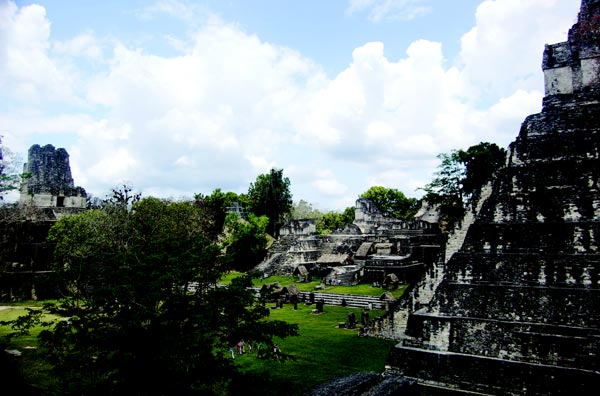
Guatemala itself is a fascinating nation. It does have seacoasts on both its east and west boundaries, but don’t let this fool you. There is a surprisingly high spine running down its southwest coast. And added to the mountainous area, there is a very pleasant high plateau in the country’s center. It is the most populous of the Central American countries but also one of the poorest. For years it has ignored a wise use of its resources – squandering much of its natural beauty.
Our choice to visit this nation was based on our hopes of seeing the remnants of the once-powerful Mayan civilization which flourished here. In fact, over fifty percent of the current population is of direct Mayan descent. We were not disappointed in this pursuit, visiting most of the sites at Tikal, one of the largest Mayan sites. But, let’s get back to our story.
The word Guatemala means “land of the trees,” but over the years the slash and burn policy has destroyed well over one half of the beautiful forests and – I was told – has endangered a number of indigenous animals and birds. The quetzal, the national bird, is one of many near-extinct species.
While I was being educated on this travesty, my guide suggested a visit to the Valhalla Experimental Station to view one of the strong possibilities for recovery. Never concerned about deviating from a plan, we decided to go and hired a local guide to take us. What a thrill!
The station is a short one-half hour drive from Antigua on the temperate plateau of the country. Here we met an expatriate named Larry who is in the process of reforesting Guatemala. Larry is from Redwood City, California and was a firefighter. His next calling was serving with the military in Vietnam. Finally, about twenty five years ago, he began this project by looking around for a tree crop which aided the economy, reforested the land, and suited the climate. You’ll never guess what he came up with – the macadamia tree!
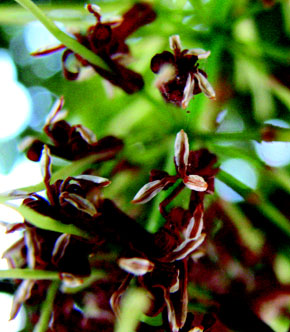 |
 |
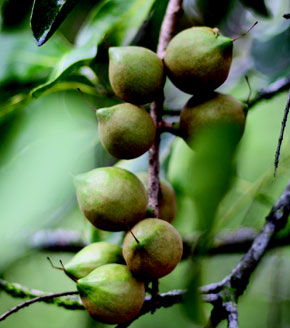 |
 |
| Macadamia (Macadamia integrifolia) Flower and Fruit | |
First of all it grows well here – it produces a product in short supply, and according to Larry, is a great source of Vitamin B17. The nuts fall naturally all year long and are then dried and sold. This nut tree provides a more secure livelihood for the poor farmers of Guatemala. The locals tried to make a living by growing coffee. But the competitive nature of the coffee industry, as well as the temperamental character of the crop itself, proved to be an unsuccessful endeavor for the farmers. There is another advantage over coffee that the macadamia tree gives the farmer. If he can’t sell his crop, unlike the coffee bean, he can eat his surplus. In addition, the macadamia tree does not deplete the soil but actually improves it. Therefore, there is no need to move to new areas to plant trees every decade or so.
The latest information is that Larry has given over two hundred thousand trees to other native farmers – all the trees being from his farm here in Antigua, Guatemala.
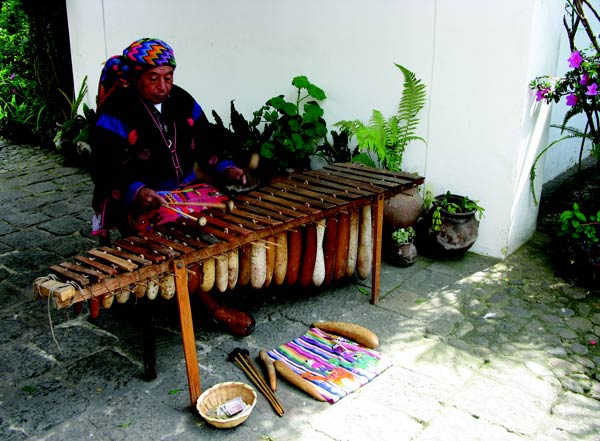
Not happy with the fact that the macadamia nut can be eaten, Larry has expanded its use. He dries the nuts and crushes them in a machine which he manufactured, and the process produces an oil. He claims that this oil is cosmetically beneficial to the skin. In fact, one of the leading cosmetic manufacturers has purchased this oil for use in their products. Our host insisted on giving Barb a macadamia oil facial which he said took years off her appearance. (Believe me; I made no comment on his observation.) Then I also succumbed to having my bald head rubbed with this oil when I was told it could rejuvenate my scalp.
Ever since my visit to Larry’s farm I’ve been alert to items connected to the macadamia nut. I’ve found the tree converts sixty three cubic feet of dioxide into oxygen each day – it sends fifty gallons off H2O vapor into the atmosphere – and – if the nut is coated with a sufficient amount of dark chocolate, it tastes delicious.